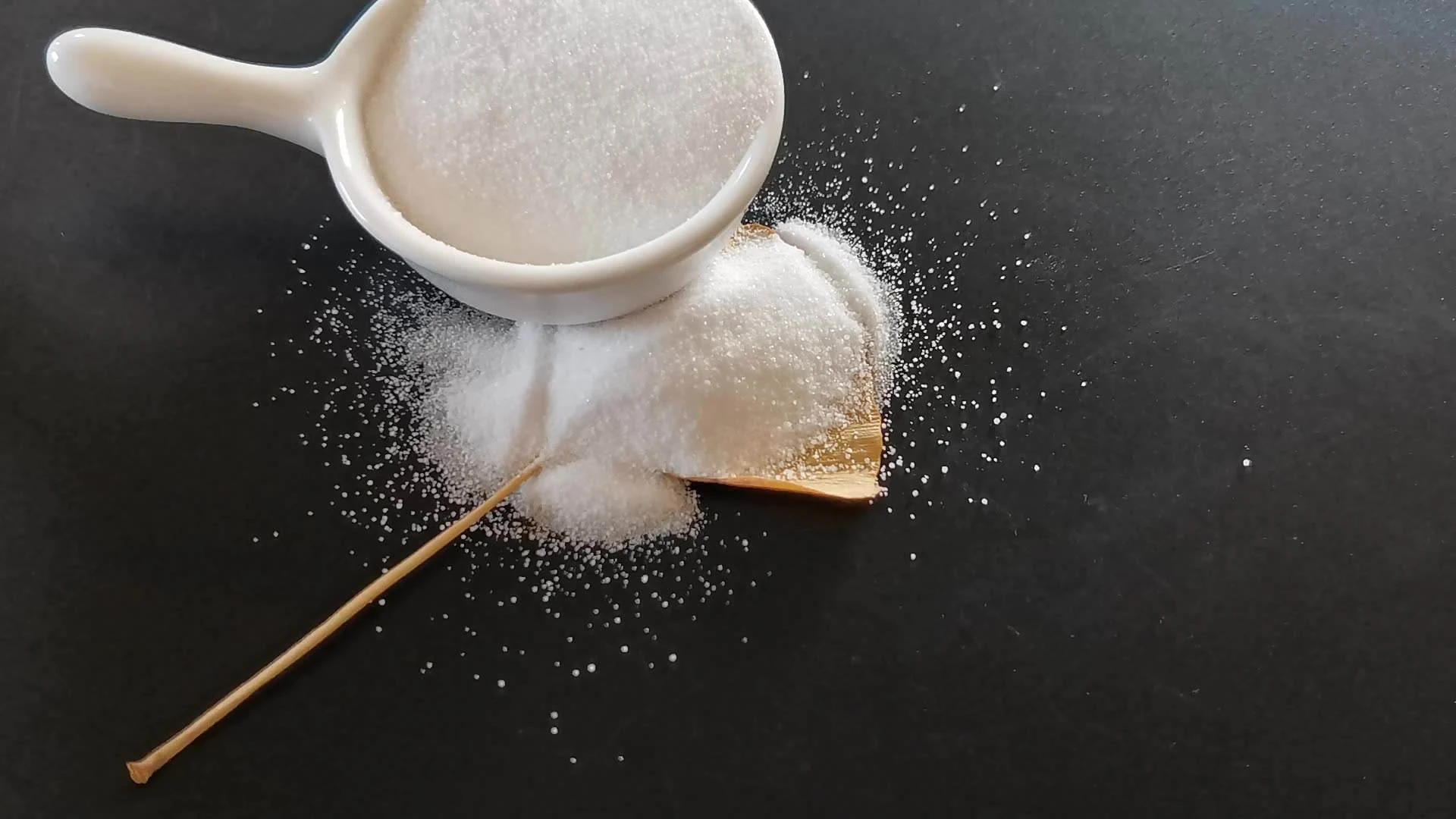



cationic pam
Cationic Polyacrylamide An Overview of Properties and Applications
Cationic polyacrylamide (CPAM) is a synthetic polymer with significant importance in various industrial applications due to its unique properties. As a water-soluble polymer, CPAM exhibits favorable characteristics such as high molecular weight, charge density, and viscosity, making it extremely versatile in fields like water treatment, papermaking, and textile processing.
Synthesis and Properties
Cationic polyacrylamide is synthesized through the polymerization of acrylamide in the presence of cationic monomers. The cationic groups, typically quaternary ammonium groups, impart a positive charge to the polymer chain. This cationic nature enhances its ability to interact with negatively charged particles, greatly increasing its flocculating and coagulating capabilities. The degree of charge and molecular weight can be adjusted during synthesis to tailor its performance for specific applications.
One of the defining properties of CPAM is its ability to form hydrogen bonds, which contributes to its high viscosity in solution and results in effective thickening and stabilization. These characteristics are particularly beneficial in various industries, where managing the flow properties of slurries and suspensions is crucial.
Applications in Water Treatment
One of the primary applications of cationic polyacrylamide is in wastewater treatment processes. In municipal and industrial wastewater treatment plants, CPAM is used as a flocculant to remove suspended solids, oils, and other impurities from water. It promotes the agglomeration of fine particles, leading to the formation of larger flocs, which can be easily separated from the liquid phase. This process not only enhances the clarity of the treated water but also reduces the overall costs associated with filtration and sedimentation.
Additionally, CPAM’s ability to bind with negatively charged contaminants allows for improved removal efficiencies in various water treatment scenarios. Its use in dewatering processes, such as in coal mining and paper mills, further exemplifies its importance in ensuring the effective recovery of water and resources while minimizing environmental impact.
cationic pam

Role in Papermaking
In the papermaking industry, cationic polyacrylamide serves multiple roles, including acting as a retention aid, drainage aid, and strength enhancer. By promoting the retention of fine particles and fillers, CPAM helps improve the quality of the final paper product while simultaneously increasing productivity and reducing waste. Its use as a drainage aid accelerates water removal during the sheet formation process, resulting in faster production cycles and reduced energy consumption.
Moreover, CPAM contributes to the mechanical strength of the paper by enhancing the bonding between fibers. This is particularly valuable in the production of high-strength papers that require superior performance under various conditions.
Textile Processing
The textile industry also benefits significantly from the use of cationic polyacrylamide. It is employed as a sizing agent, helping to improve the smoothness and finish of fabrics. When used in dyeing processes, CPAM aids in achieving uniform color distribution and enhances the overall dye uptake by the fibers. Its ability to improve the wettability and dispersibility of dyes ensures that textiles can be dyed effectively, resulting in vibrant and long-lasting colors.
Conclusion
Cationic polyacrylamide is a highly versatile polymer with a wide range of applications that showcase its importance across various industries. From water treatment to papermaking and textile processing, CPAM's properties allow it to play a pivotal role in improving efficiency, sustainability, and product quality. As industries continue to seek more effective and environmentally friendly solutions, the relevance of cationic polyacrylamide is anticipated to grow, enticing further research and development that could unlock new potentials for this remarkable polymer.
-
Why Sodium Persulfate Is Everywhere NowNewsJul.07,2025
-
Why Polyacrylamide Is in High DemandNewsJul.07,2025
-
Understanding Paint Chemicals and Their ApplicationsNewsJul.07,2025
-
Smart Use Of Mining ChemicalsNewsJul.07,2025
-
Practical Uses of Potassium MonopersulfateNewsJul.07,2025
-
Agrochemicals In Real FarmingNewsJul.07,2025
-
Sodium Chlorite Hot UsesNewsJul.01,2025










